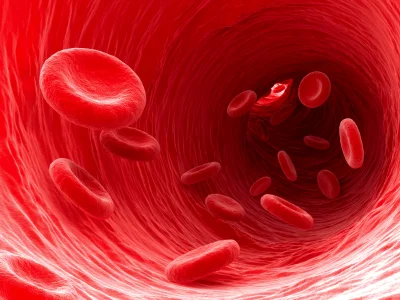Although most of us carry staphylococci, expectant mothers are particularly susceptible to symptoms caused by these bacteria. Pregnancy is a time when a woman’s immune system is weakened. Staphylococci can occur during pregnancy in both the genital area as well as in the throat and nose. It is also common for them to cause skin changes. What are the symptoms and treatments of a staphylococcal infection, and what consequences can it have?
Staphylococci during pregnancy in the vagina
Staphylococci are among the pathogens of bacterial vaginosis infections. This is a condition in which the population of normal bacterial flora in the vagina is reduced, and the number of potentially pathogenic microorganisms increases. In the case of a staphylococcal infection in the vagina, pregnant women complain about a characteristic odor of the discharge, discharge itself, painful intercourse, and a feeling of dryness. A swab from the genital area is required for diagnosis, which allows for the identification of the bacteria. Treatment is carried out with local antibiotic therapy using clindamycin or metronidazole. Preparations containing silver ions are also used, which are effective against antibiotic-resistant staphylococci. An untreated bacterial vaginosis can lead to complications such as preterm birth or premature rupture of membranes. Therefore, an infection during pregnancy should not be treated independently.
Staphylococci during pregnancy in the throat and nose
Staphylococci can also cause infections of the upper respiratory tract. Typical symptoms include high fever, deposits in the throat and on the tonsils, as well as difficulty swallowing. The doctor may order a swab from the throat and nose to identify the pathogen. Often, an antibiogram is also performed, which provides information about the sensitivity of the detected bacteria to various antibiotics. Based on this, the most effective therapy can be chosen. It is important to note that an untreated infection can lead to serious complications such as sepsis or endocarditis.
Staphylococci on the skin during pregnancy
Staphylococci are found on the skin of many people, but they usually do not cause symptoms. When the immune system is weakened, such as during pregnancy, infection symptoms can occur. The most common symptoms include abscesses, folliculitis, boils, as well as inflammation of the sweat glands and breast glands. It is important to know that Staphylococcus aureus is the most common cause of puerperal mastitis. The treatment of skin infections with staphylococci is carried out – as in the other cases – with antibiotics under the supervision of a specialist.
Staphylococci in the urine during pregnancy
Urinary tract infections are relatively common during pregnancy. This is due to the physiological changes that occur during pregnancy, such as urinary stasis in the kidneys, which favors the development of various pathogens. Symptoms of a urinary tract infection include burning and pain during urination, as well as more frequent urination than usual. The most common cause of urinary tract infections is the bacterium E. coli. However, in some cases, the infection is caused by staphylococci. To determine the cause of the infection, a urine test and a urine culture with an antibiogram are performed. Appropriate treatment of the infection is crucial to avoid more severe complications, such as acute pyelonephritis in the expectant mother.
Staphylococci and birth
Many pregnant women wonder if a staphylococcal infection poses a barrier to giving birth naturally. Gynecologists currently do not recommend avoiding natural birth with a positive staphylococcal culture. Other bacteria that cause concern in pregnant women are group B streptococci, also known as GBS. They can cause inflammation of the amniotic sac or preterm birth. However, 30% of infected pregnant women show no symptoms. According to current recommendations, all expectant mothers are advised to have a swab for group B streptococci (GBS) before the 37th week of pregnancy. During birth, there is a risk of newborn infection, which is why an antibiotic is administered to the mother during the perinatal period if the GBS culture is positive.










